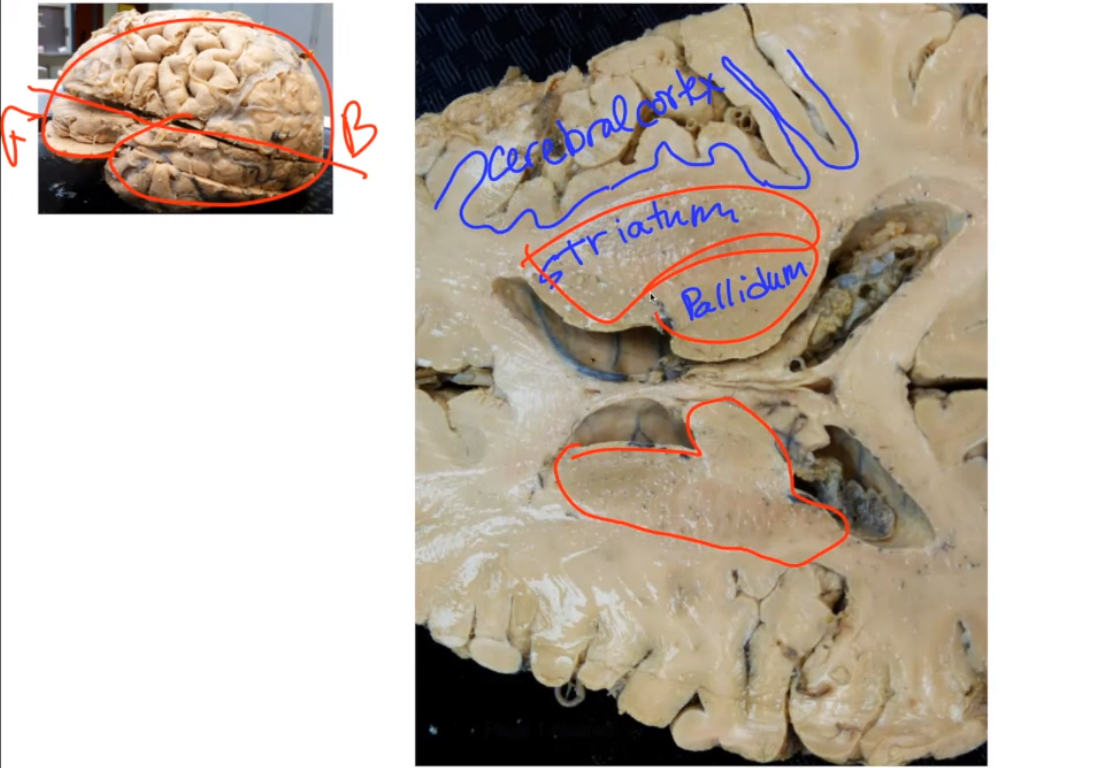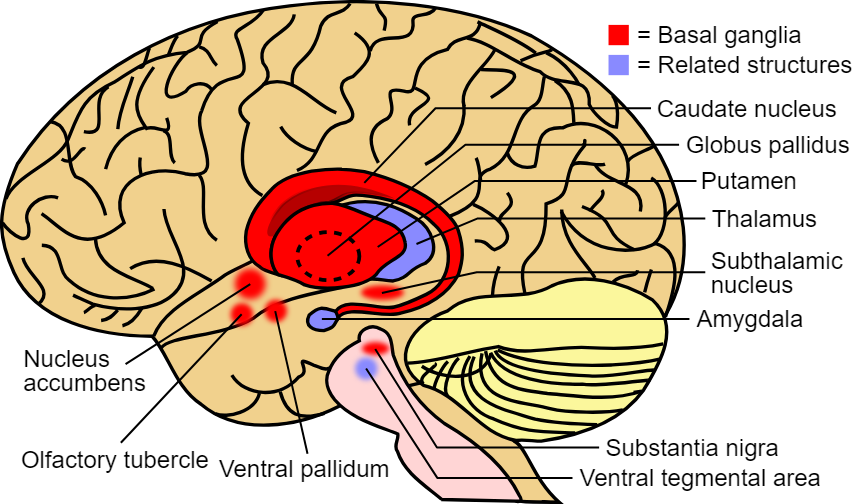Introduction
- The basal ganglia is a deep structure in the brain found in all vertebrates.
- Even simple organisms like hagfish have basal ganglia, demonstrating its core function: selecting actions.
Why We Have More Complex Basal Ganglia
Humans have a more complex basal ganglia compared to hagfish due to several reasons:
- Limbs and Digits: We can move our limbs and digits in intricate ways, requiring precise selection of motor actions.
- Gravity: Unlike hagfish in water, we face constant gravitational pull. The basal ganglia need to choose movements that counteract gravity to maintain balance and posture.
- Facial Movements: We have complex facial expressions and eye movements that require careful coordination by the basal ganglia.
- Multiple Movements: We can perform various actions with the same body part (e.g., walking, jumping). The basal ganglia select the appropriate movement.
- Social Complexity: Social interactions require nuanced responses depending on the situation and past experiences. The basal ganglia factor in these complexities for movement selection.
Key Takeaway
The basal ganglia act as a central selector for our movements, considering various factors to choose the most appropriate action in a given situation.

 Basal Ganglia Pathways
Operational Learning
Chinking and Habit Formation
Parkinson’s Disease and Dopamine
Non-Motor Function of Basal Ganglia
Basal Ganglia Pathways
Operational Learning
Chinking and Habit Formation
Parkinson’s Disease and Dopamine
Non-Motor Function of Basal Ganglia